Habitat
Distribution:
Umbrella Cockatoos are native to the Maluku Islands in Indonesia.
Environment:
They inhabit tropical rainforests, coastal mangroves, and wooded areas. In captivity, they require a large aviary or spacious cage with plenty of toys, perches, and opportunities for social interaction.
Diet
Primary Food:
In the wild, their diet consists of seeds, fruits, berries, nuts, and occasionally insects.
Captivity Diet:
In captivity, they should be provided with a balanced diet of high-quality pellets, fresh fruits, vegetables, and nuts. Fresh water should always be available.
Feeding Behavior:
Umbrella Cockatoos are active foragers, using their strong beaks to crack open nuts and seeds. They enjoy chewing on toys and branches, which helps keep their beaks healthy and their minds stimulated.
Breeding
Breeding Season:
The breeding season typically occurs during the dry season in their native habitat.
Nest Location:
They nest in tree cavities, often in high locations. In captivity, a large nest box with appropriate bedding is necessary.
Egg Quantity:
Clutches usually consist of 2 to 3 eggs.
Incubation Period:
The incubation period lasts about 28 to 30 days, with both parents sharing incubation duties.
Fledging:
Chicks fledge approximately 10 to 12 weeks after hatching.
Lifespan
In the Wild:
Umbrella Cockatoos can live up to 30 to 40 years in their natural habitat.
In Captivity:
With proper care, they can live up to 50 to 60 years or more.
Behavior
Temperament:
Umbrella Cockatoos are known for their affectionate and social nature. They are highly intelligent and form strong bonds with their caregivers. However, they can also be demanding and require a lot of attention.
Social Interaction:
They thrive on social interaction and mental stimulation. They enjoy playing with toys, learning tricks, and spending time with their caregivers. Due to their social needs, they can develop behavioral issues if neglected.
Vocalization:
Umbrella Cockatoos are very vocal and can produce loud, piercing calls. They can mimic sounds and speech but are known for their loud vocalizations, which may not be suitable for all households.
 Fawn Java Sparrow
1 × ₨ 7,000
Fawn Java Sparrow
1 × ₨ 7,000 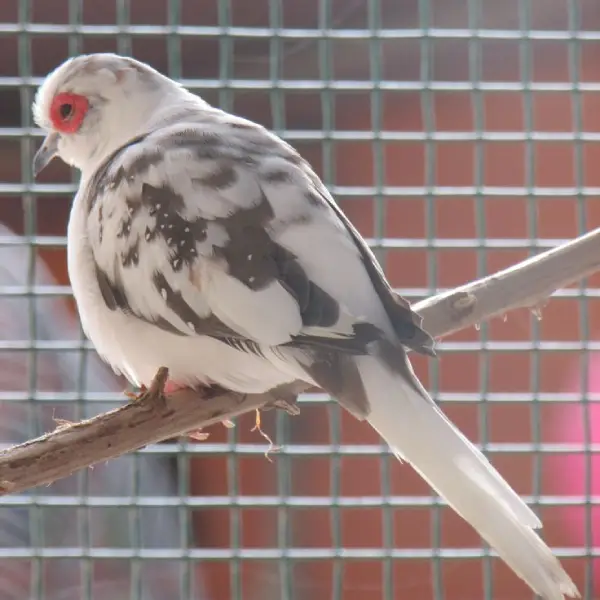 Diamond Pied Dove
1 × ₨ 5,000
Diamond Pied Dove
1 × ₨ 5,000  Red Pied Dove
1 × ₨ 6,000
Red Pied Dove
1 × ₨ 6,000  Cape Dove
1 × ₨ 30,000
Cape Dove
1 × ₨ 30,000 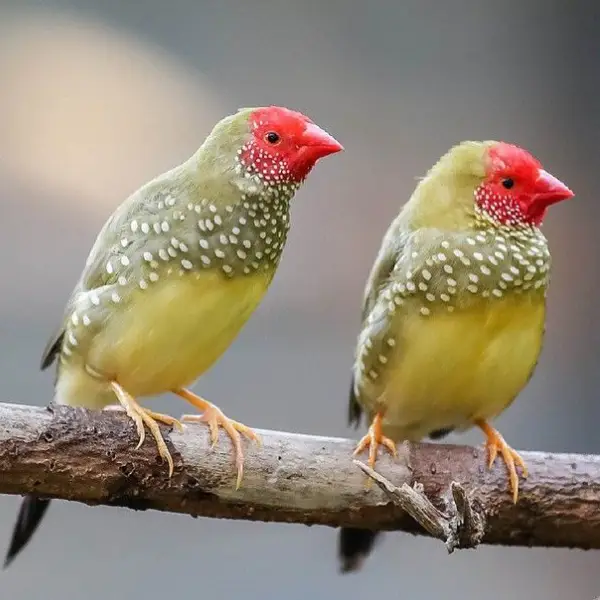 Green Star Finch
2 × ₨ 15,000
Green Star Finch
2 × ₨ 15,000 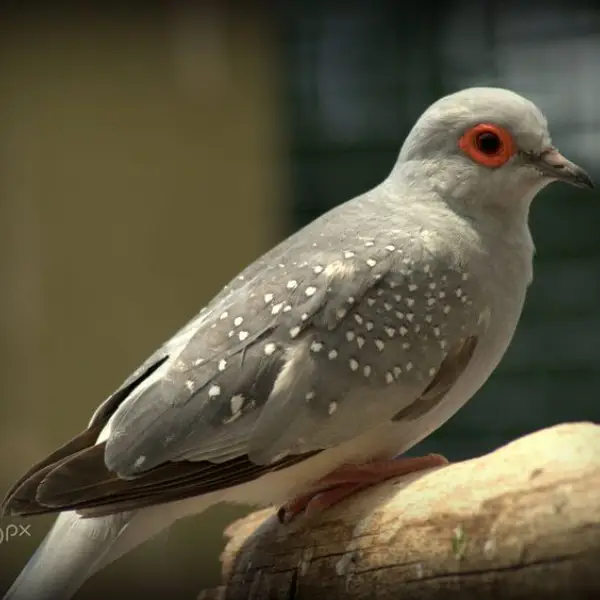 White-tailed Dove
1 × ₨ 1,000
White-tailed Dove
1 × ₨ 1,000 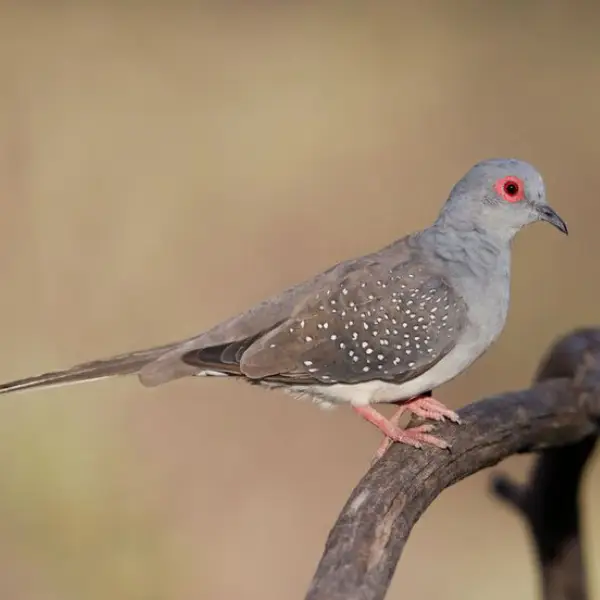 Diamond Dove
1 × ₨ 4,100
Diamond Dove
1 × ₨ 4,100  Blue Gouldian Finch
1 × ₨ 20,000
Blue Gouldian Finch
1 × ₨ 20,000 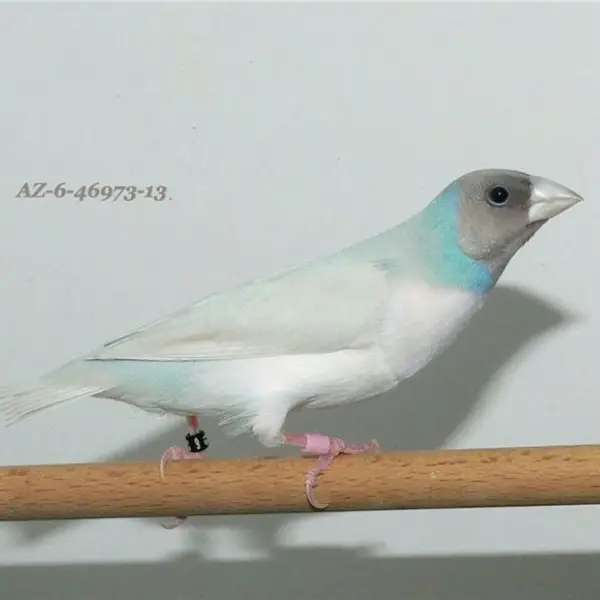 Silver Gouldian Finch
2 × ₨ 18,000
Silver Gouldian Finch
2 × ₨ 18,000 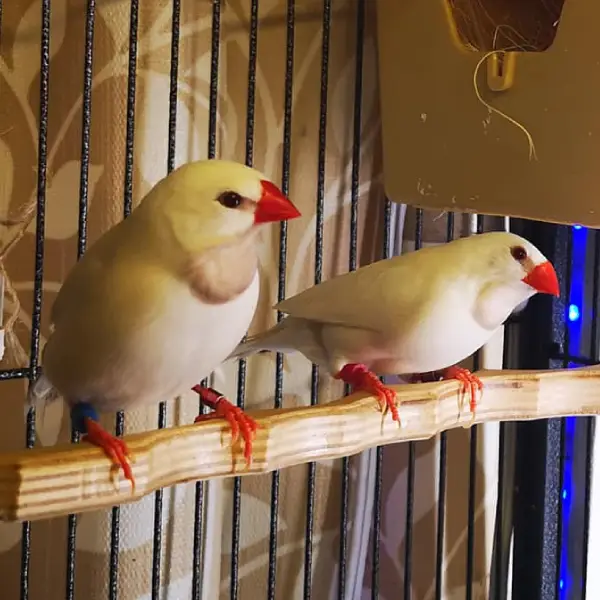 Albino Shaft Tail
1 × ₨ 20,000
Albino Shaft Tail
1 × ₨ 20,000 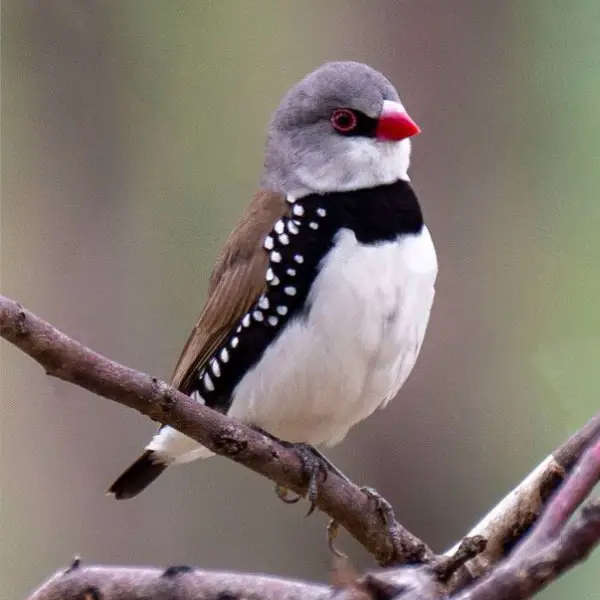 Gray Diamond Firetail Finch
1 × ₨ 20,000
Gray Diamond Firetail Finch
1 × ₨ 20,000  Euro Bengalese
1 × ₨ 3,000
Euro Bengalese
1 × ₨ 3,000 


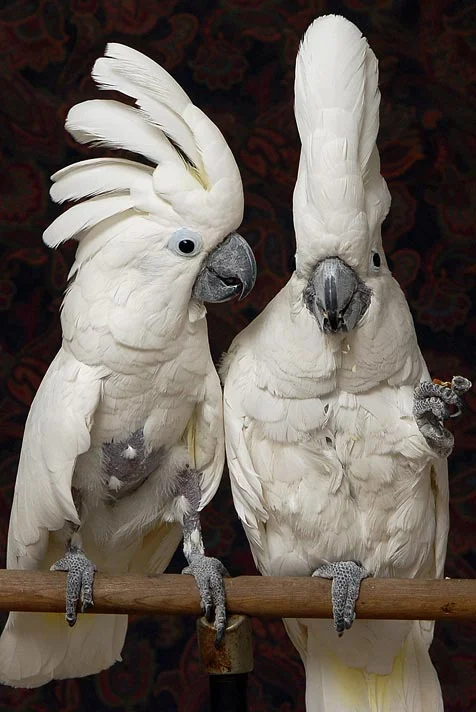
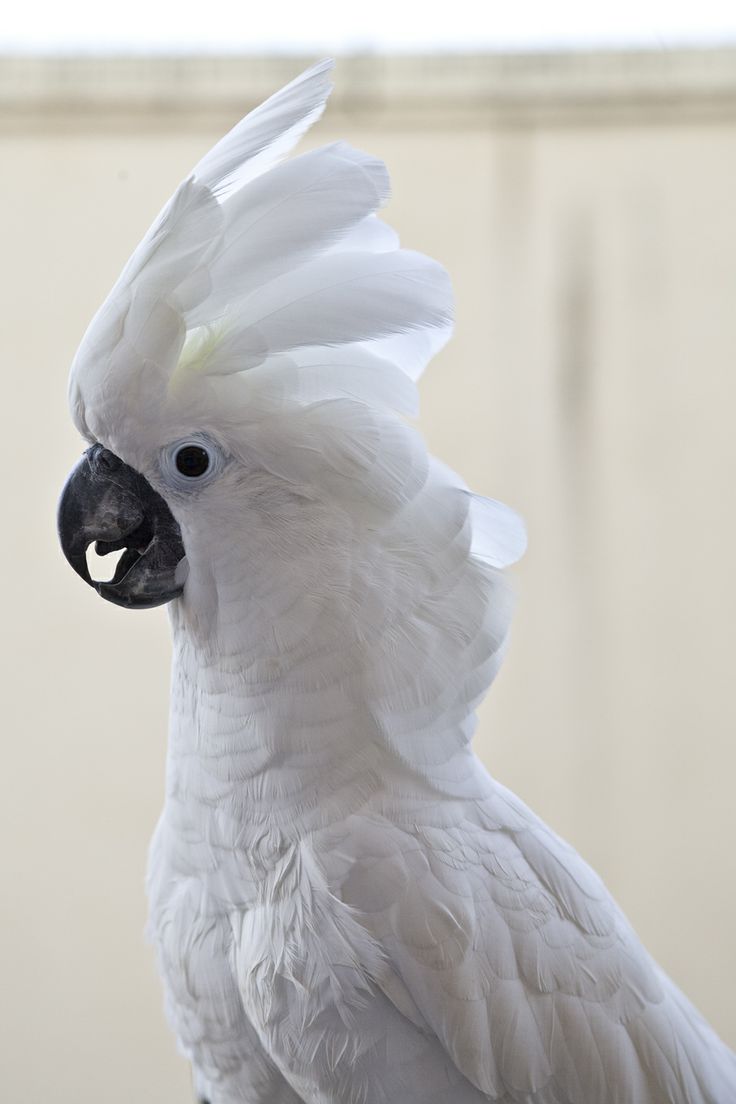
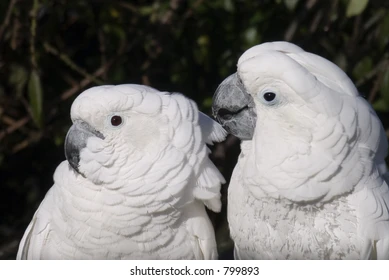
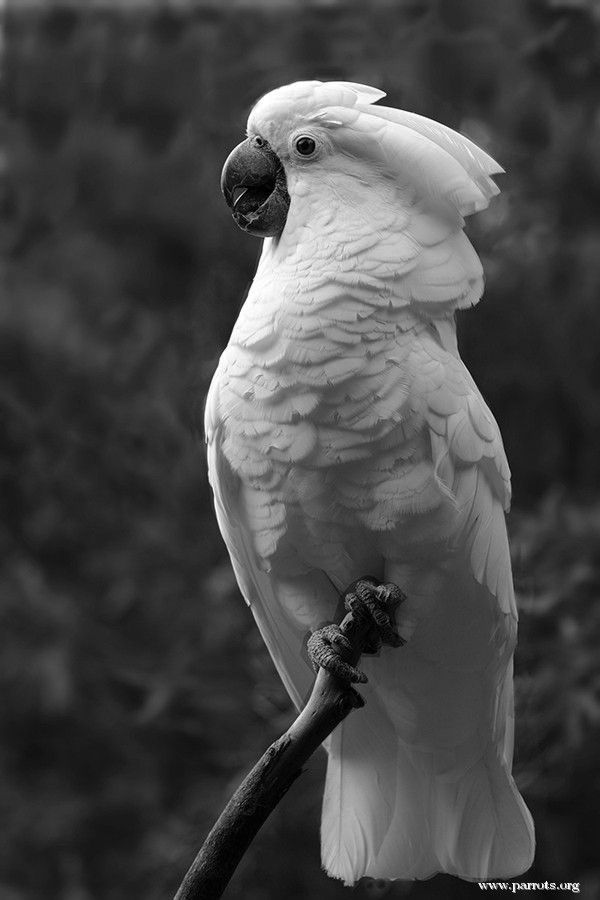

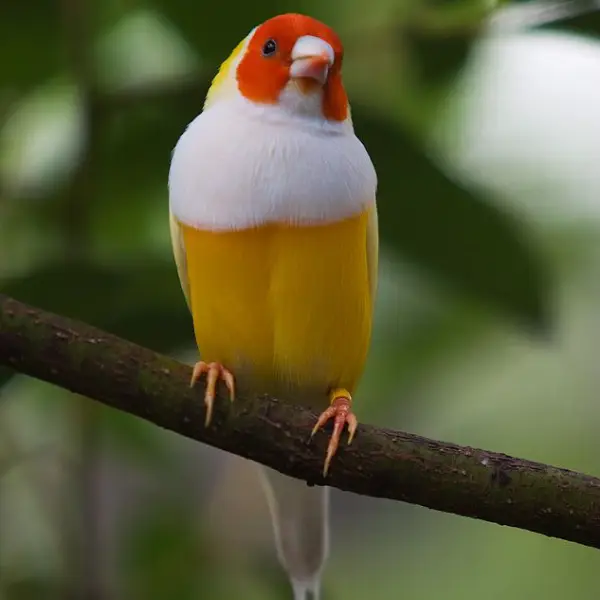
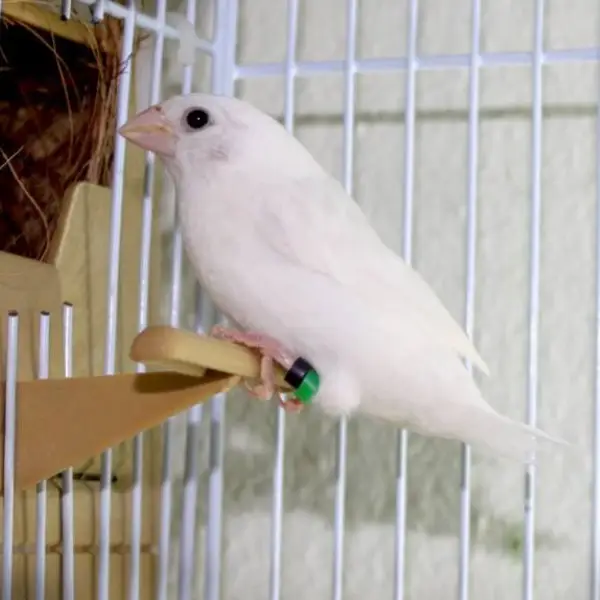
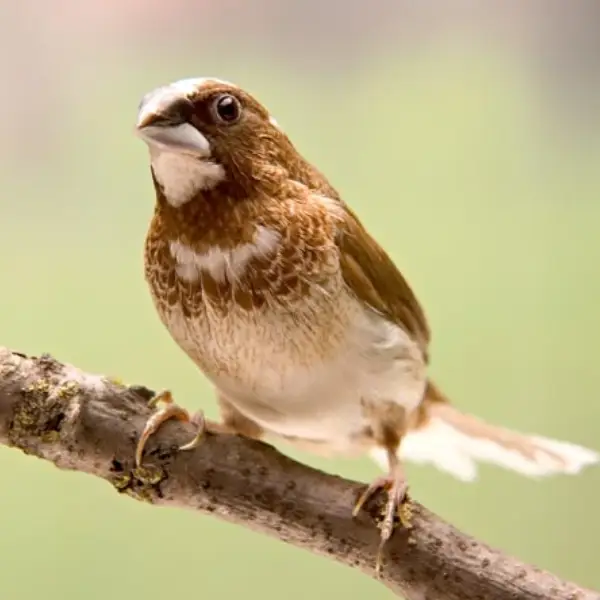
Reviews
There are no reviews yet.